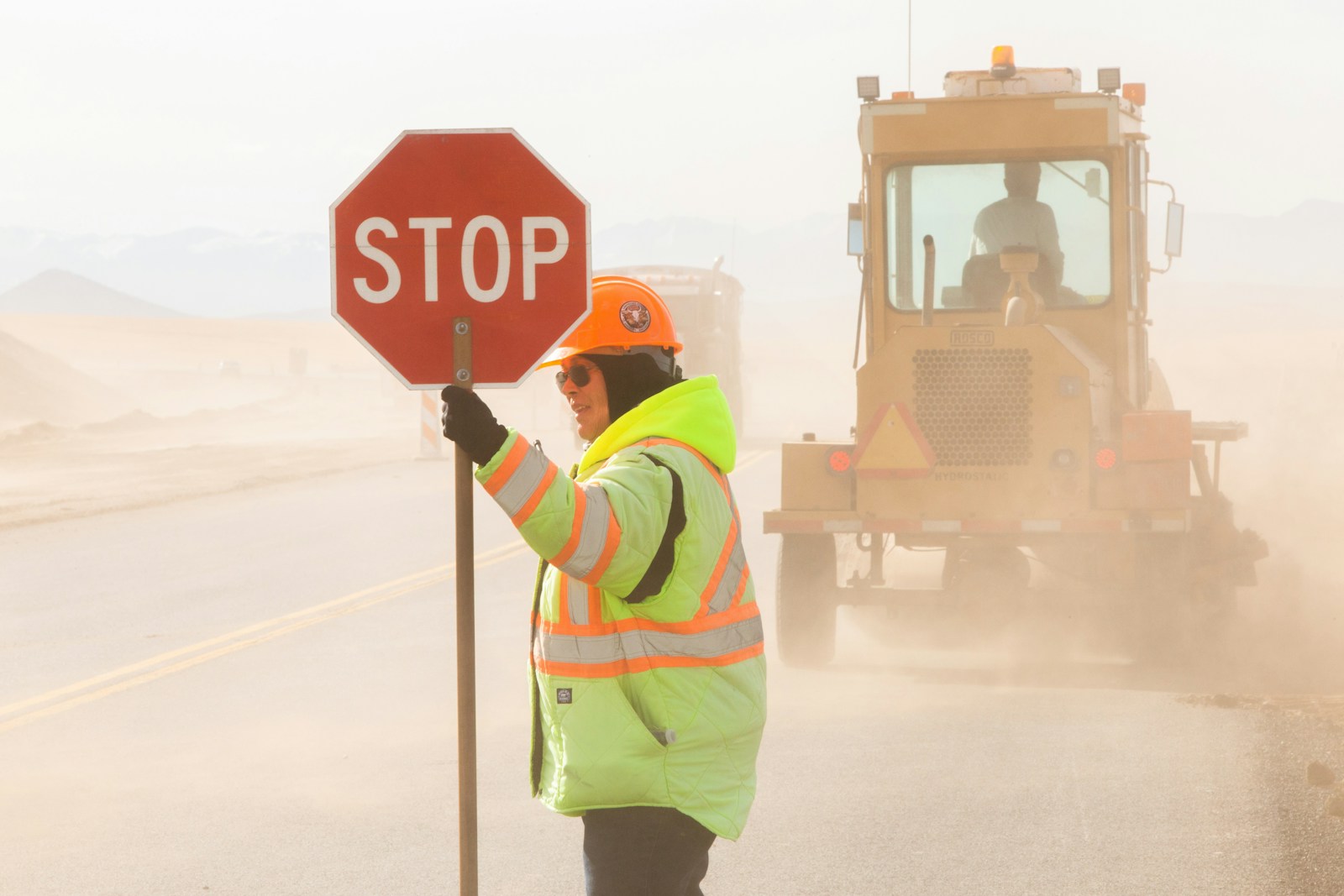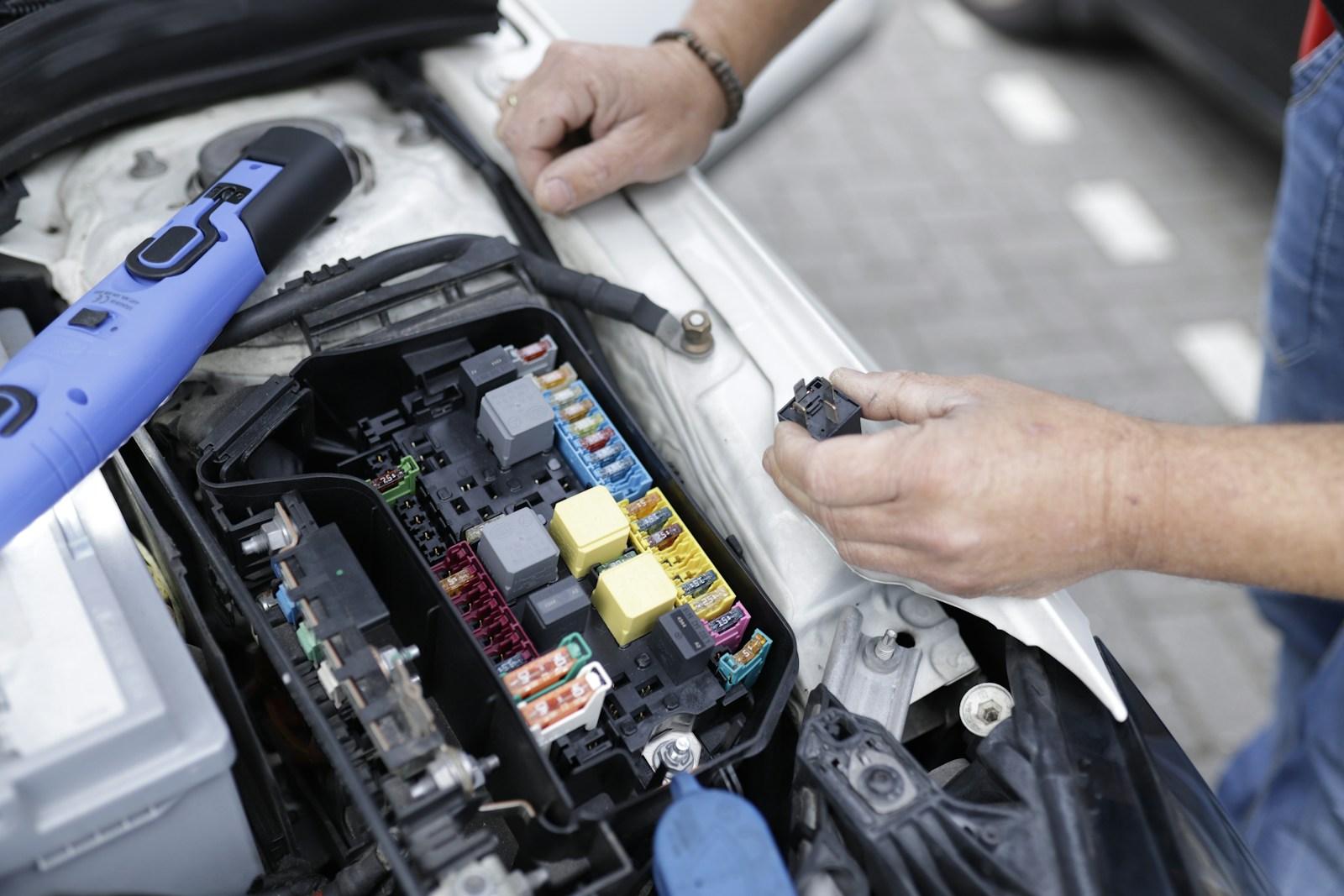Now Reading: How Flaggers Can Reduce Collisions Between Traffic and Construction Crews
-
01
How Flaggers Can Reduce Collisions Between Traffic and Construction Crews

How Flaggers Can Reduce Collisions Between Traffic and Construction Crews
Driving through a construction zone can feel stressful with cones, flashing lights, and workers moving around heavy equipment. With so much happening at once, it is easy for drivers to get confused or make a mistake. A Reno vehicle injury lawyer often sees how quickly a lack of clear guidance can lead to collisions between cars and construction crews. That is where flaggers step in to bring order to the chaos. Their role is simple but vital in keeping both drivers and workers safe.
Why Construction Zones are Risky
Construction zones can be unpredictable, with shifting lanes, uneven surfaces, and the constant movement of equipment. Drivers may also be distracted or frustrated, which increases the chances of mistakes. These factors create a setting where accidents can happen quickly if traffic is not well managed.
The Role of a Flagger on the Road
A flagger serves as a guide for drivers, ensuring that traffic moves safely through construction zones. They provide clear signals to indicate when to stop, slow down, or proceed. By controlling the flow, they protect both workers on site and drivers passing through.
How Flaggers Prevent Collisions
Flaggers play a hands-on role in keeping drivers and workers safe in construction zones. They utilize training, positioning, and communication to minimize the risk of accidents and maintain smooth traffic flow. Here are some of the ways they make a difference:
Using Clear Signals
Flaggers rely on universally understood signs, paddles, and hand motions to direct drivers. These clear instructions remove confusion and help drivers know exactly when to stop, slow down, or proceed.
Positioning for Maximum Visibility
A flagger will often stand in a spot where they are most visible to oncoming traffic. This makes it easier for drivers to see them in time to react safely and avoid sudden decisions.
Coordinating with Construction Crews
Flaggers maintain communication with workers to manage the movement of equipment and trucks entering or exiting the work zone. This coordination ensures that vehicles and heavy machinery do not cross paths at the wrong time.
Calming the Flow of Traffic
By slowing drivers down and guiding them steadily through the work zone, flaggers reduce the likelihood of sudden stops and aggressive driving. This steady pace keeps the environment safer for both crews and motorists.
The Human Factor in Road Safety
Even with signs, cones, and barriers in place, people still play a crucial role in keeping construction zones safe. Flaggers add a human presence that technology alone cannot replace. Here is why that matters:
More Than Just Signs
Road signs are helpful, but they cannot adapt to changing conditions in real time. A flagger can step in immediately to stop or redirect drivers when an unexpected situation arises.
Instant Decision Making
Flaggers can quickly assess a situation and make split-second decisions that keep everyone safe. Their ability to react faster than automated systems gives drivers and workers an extra layer of protection.
Building Driver Trust
Many drivers instinctively trust the presence of a real person directing traffic. Seeing a flagger in a safety vest signals authority and reassurance that someone is actively watching out for their safety.
Training and Standards for Flaggers
Flaggers are not just standing in the road with a sign. They go through specific training to ensure they know how to keep traffic flowing and construction crews safe. These standards help them handle the unique challenges of busy work zones.
Learning Essential Skills
Flaggers are trained to use hand signals, paddles, and radios with confidence so drivers never feel uncertain about what to do. They also learn how to stay alert in fast-moving environments where one mistake could have serious consequences.
Following State and Federal Guidelines
Every flagger must follow rules set by both federal and state authorities, including those in Nevada. These standards ensure that flaggers provide consistent instructions that drivers can easily understand, regardless of the work zone’s location.
Maintaining Professionalism on the Job
Flaggers are taught to stay focused, patient, and calm even when drivers are distracted or impatient. Their professionalism helps reduce tension and keeps the work zone safer for everyone.
Shared Responsibility Between Drivers and Flaggers
Both drivers and flaggers play a crucial role in ensuring the safety of construction zones. Flaggers can give clear instructions, but drivers must respect those signals and stay alert behind the wheel. When both sides work together, the chances of collisions drop dramatically.
Conclusion
Flaggers make a real difference in keeping construction zones safe by guiding drivers and protecting crews. Even with their efforts, accidents can still happen when drivers are careless or traffic conditions become unpredictable. If you or someone you love has been hurt in a work zone crash, a Reno vehicle injury lawyer can help you understand your options and fight for fair compensation.










